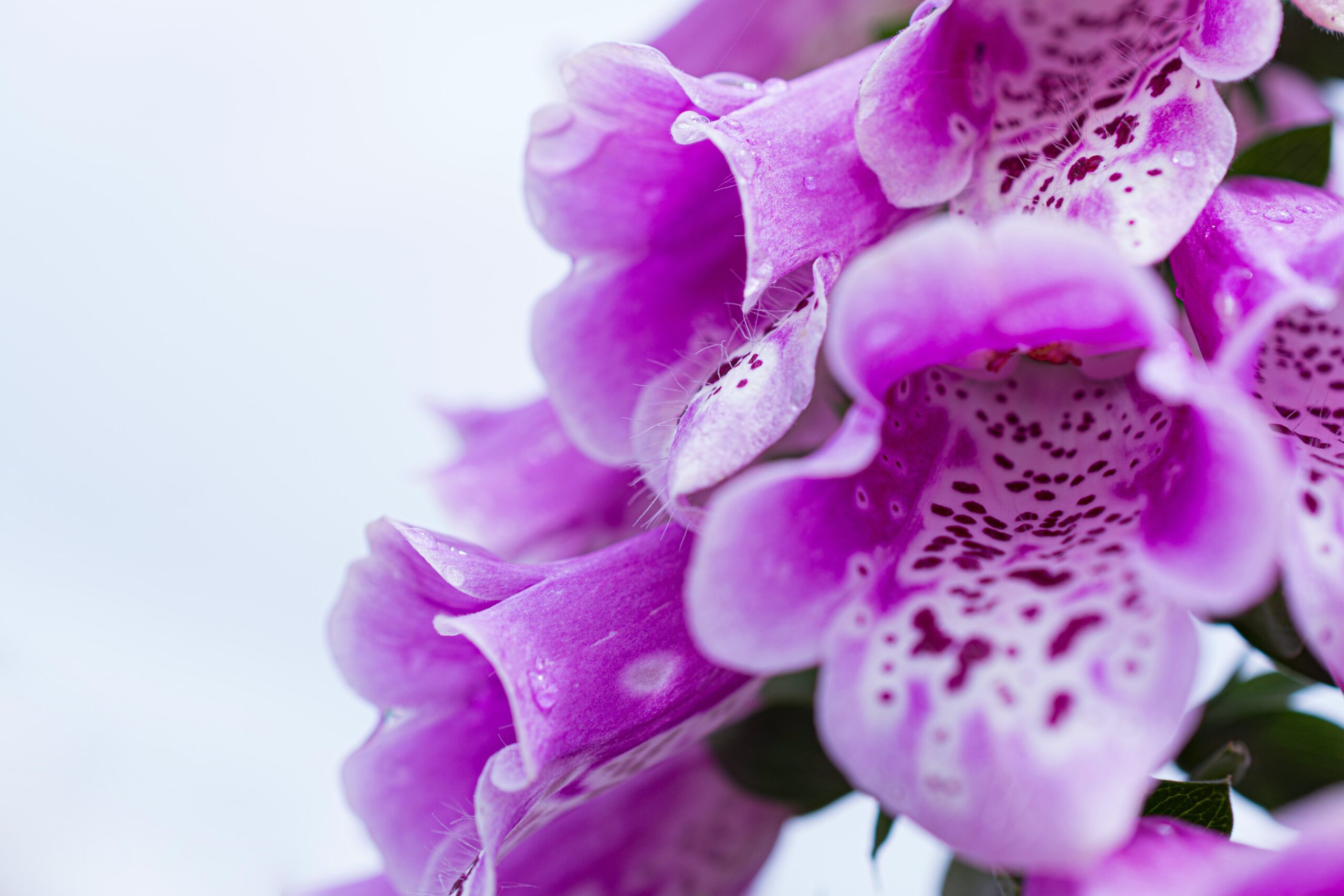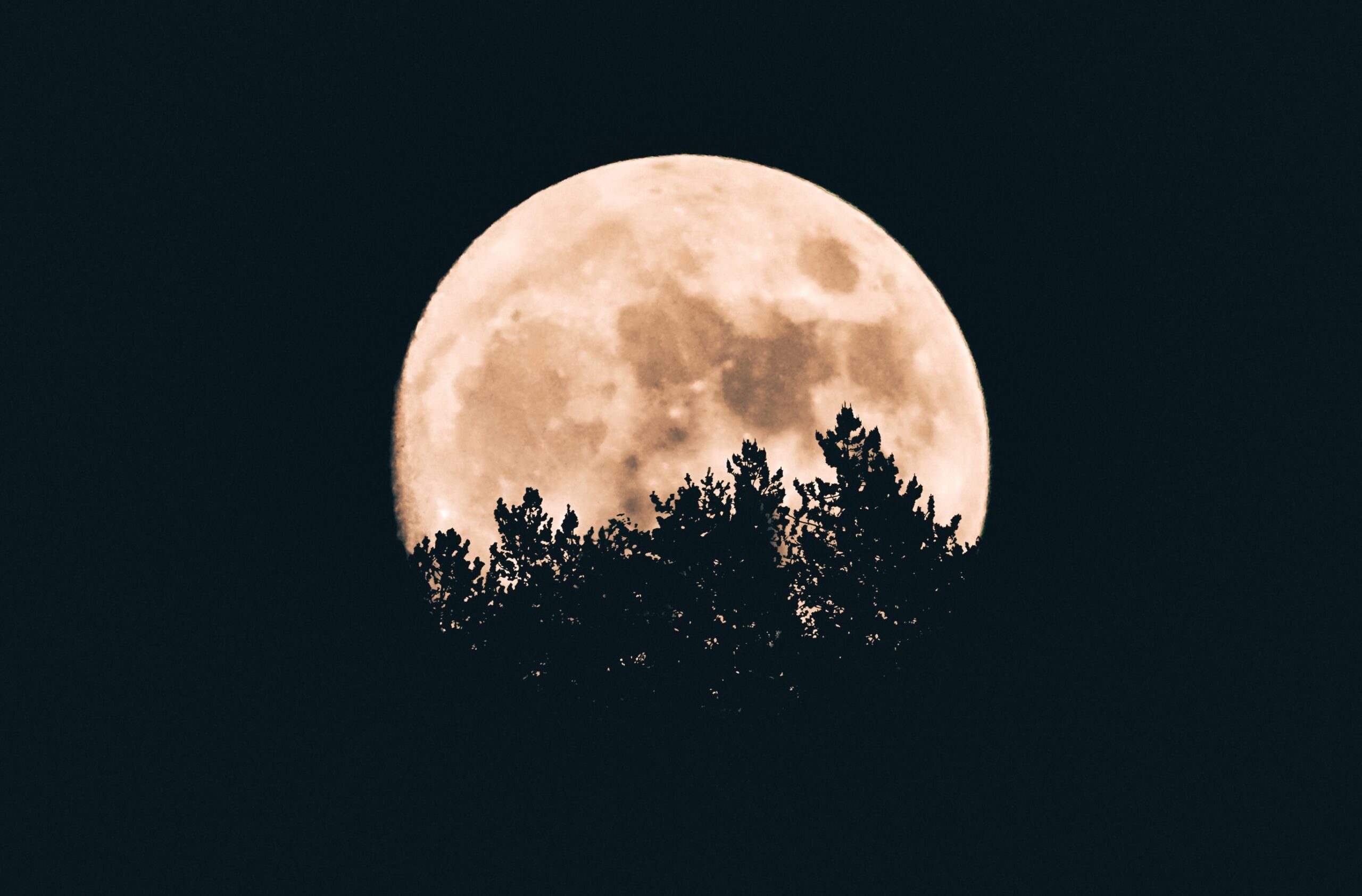
what is fingerprinting?
getting to the roots of the matter
In 1775, physician and botanist, William Withering, finally succeeded in tracing the active ingredient of a herbal remedy he was investigating at the time to the dried leaves of the foxglove plant.
After careful observation, Withering recorded that foxglove, “has a power over the motion of the heart, to a degree yet unobserved in any other medicine.” As a result, he quickly began prescribing it to his patients suffering from dropsy — a condition where the heart fails to pump blood around the body at an adequate rate.
Prior to his discovery of this missing piece of the puzzle, foxglove had been used by folk healers and indigenous practitioners of medicine for centuries, but had not yet been isolated for purposes of scientific testing.
In his research, however, he writes about the repeated difficulty he seemed to have in accurately estimating the dosage, having a frequent tendency to over-medicate the same people he was trying to treat. That is, until he realized the importance of knowing when exactly to pick his plant medicine:
“[the leaves] I had found to vary much as to dose, at different seasons of the year; but I expected, if gathered always in one condition — when it was flowering late — and carefully dried, that the dose might be ascertained as exactly that of any other medicine; nor have I been disappointed in this expectation.”
As it was, Withering was learning the big impact that factors such as time of year, season, and other environmental and preservation details can have on the dosage strength and overall effect of the drug.
But enough about foxglove — what does this have to do with more common plant-based remedies like valerian?
Well, aside from being safe herb with very few reported side effects by the array of scientific and clinical study available on the subject, herbal remedies such as Valerian can actually be a lot of different things.
Between different species, batches, methods of extraction, active compounds, as well as external factors such as time of harvest, location, and storage conditions, the therapeutic properties of Valerian can differ completely.
This, among other reasons, is why blindly taking an extract of just ‘Valerian’ can be so hit-or-miss. It’s because variables like those listed above can impact the specific molecular mechanisms being targeted by the plant, and alter the effects of the drug completely.
Consequently, it’s helpful to think of Valerian as an umbrella term of sorts, often used to encompass all 200 species of the plants (and 150 active compounds) without any further differentiation.
But differentiation here is what’s key.
the importance of fingerprinting the plants we use for heath
The extent to which the plant actually works as intended to help an individual — whether it’s to sleep better or reduce anxiety — can vary completely if the chemical fingerprint of the specific plant extract is unknown.
Fingerprinting is really just a complicated term for collecting data that allows us to understand the complete biological profile of any given plant. In other words, by fingerprinting every single one of our plants, we can better account for any external influence that may have impacted the ratio of active compounds within a particular extract.
Learn more about why we chose to focus on Valerian for the launch of our first sofi formulation by clicking here.
Just like Withering came to realize, knowing exactly what you’re getting with your plant, and when to get it, can make all the difference between helping to support people (or sometimes doing the opposite).
In this sense, taking something labelled broadly as ‘Valerian’ is often to solving sleeplessness as buying a lottery ticket is to winning the lottery —meaning there’s a whole lot of random luck involved.
What’s exciting is that there doesn’t have to be this way.
At sofi, our challenge was to create a modern way to characterise plants, understand their variability, and deliver them in an easy-to-use platform that would allow us to learn individual experiences with each plant and get on with our everyday busy lives. It’s part of our core belief system that you shouldn’t have to be a botanist to get the most out of plants.
In fact, our team of scientists, supported by our medical and scientific advisory boards, have worked hard on identifying and fingerprinting the individual compounds that we need. These profiles provide us with invaluable feedback regarding the formulations that work for you, as well as the ones that don’t.
Instead of solely basing our data on the information already out there, we’re determined to use inter and intra-subject variability (something largely considered a limitation and in a clinical setting) to the direct benefit of our Pioneers and the wider sofi community.
After all, biodiversity is our friend.
So, by better understanding the precise way our plant pods work for different people — including exactly what, how much, and when — we’re able to create a system of personalised plant-based healthcare that’s 100% specific to you.
Perhaps you can see why we’re so excited to begin this journey, and we look forward to sharing our work with you as it grows. Click here to subscribe to sofi and reserve your smart pod from our limited first production run.
*In case you’re curious, dried foxglove leaves continue to be prescribed in their powdered form within mainstream medicine for the treatment of congestive heart failure all over the word. Each year, approximately 1500kg of digoxin and 2000kg of digitoxin (two steroidal compounds that can only be extracted directly from the foxglove plant) are given to individuals with atrial fibrillation (1).
References:
- Balick, M. J., & Cox, P. A. (2021). Plants, people, and culture: The science of ethnobotany. New York: Scientific American Library.

